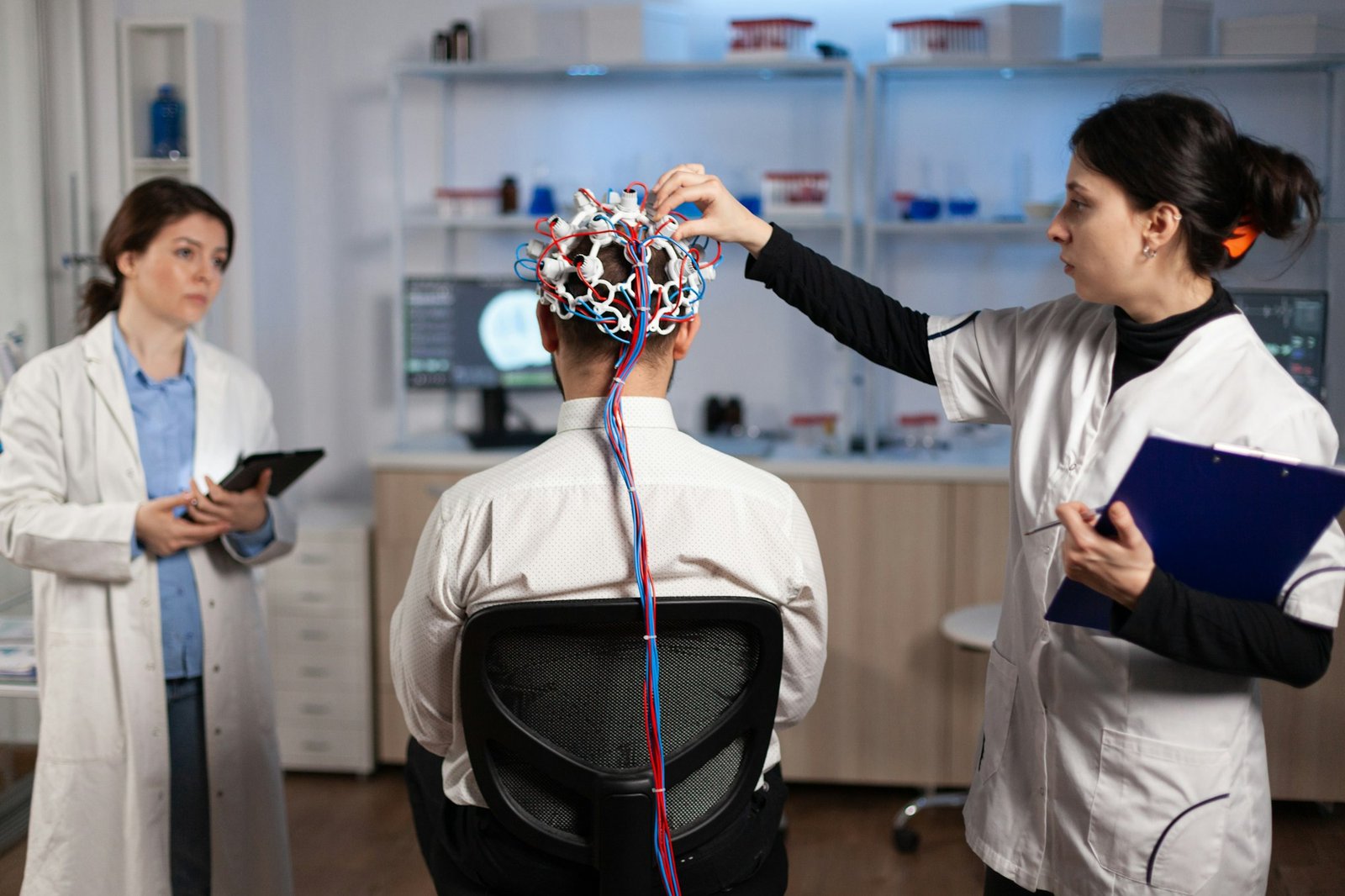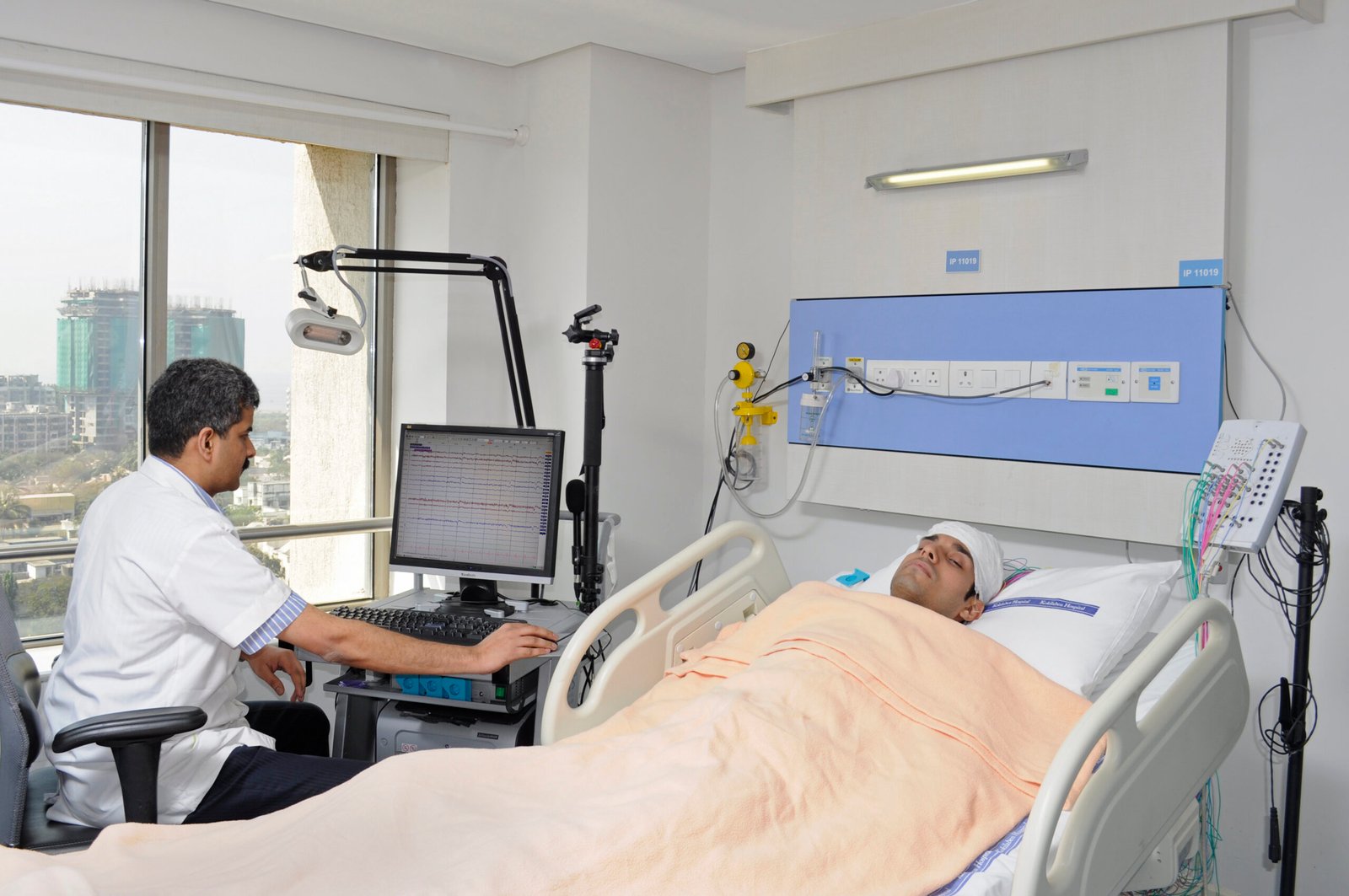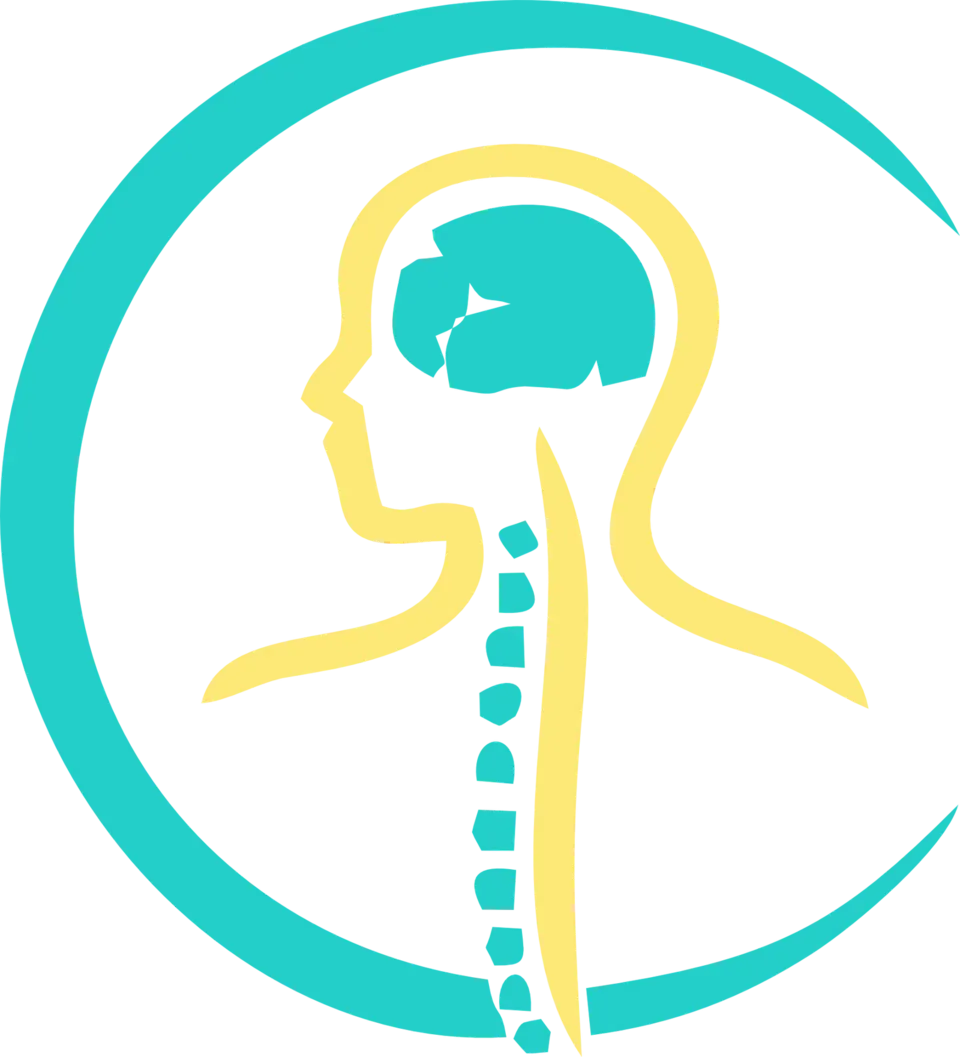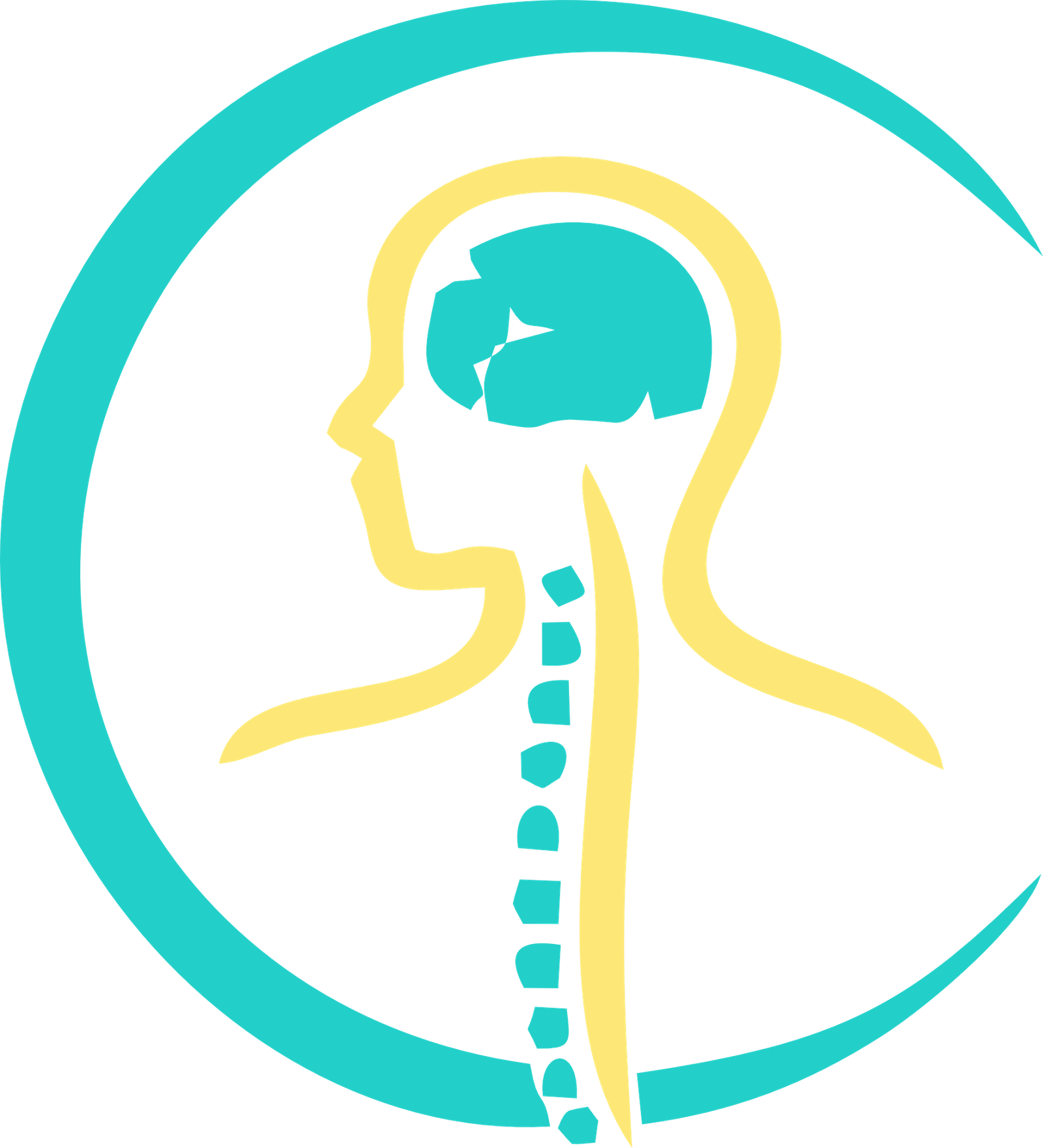EEG and Sleep study in Panchkula
EEG Test (Electroencephalography) in panchkula
A EEG (Electroencephalogram) test is to monitor and analyse electrical pulses in the brain. The brain cells communicate with one another through electrical activity. It will identify any issues related to your brain activity.
How does Electroencephalography record brain activity?

What are the abnormalities detected by Electroencephalography?
Digital EEGs may aid in the detection of brain abnormalities. These anomalies may be linked to brain problems, so it is critical to be aware of them early on. The digital EEG technique may identify Epilepsy, Tumors of the Brain, A Head Injury & Coma.
What Abnormal Results Mean
Abnormal results on an EEG test may be due to:
- Abnormal bleeding (hemorrhage) in the brain
- An abnormal structure in the brain (such as a brain tumor)
- Tissue death due to a blockage in blood flow (cerebral infarction, also called a stroke)
- Drug or alcohol abuse
- Head injury
- Migraines (in some cases)
What Is the Purpose of Electroencephalography?
Electroencephalography is mostly used to diagnose seizure disorders. It is also used to detect coma, encephalopathies, encephalitis, sleep problems, anaesthetic depth, and brain death. It is also used to distinguish between seizures and pseudoseizures. This test is especially helpful in the ICU to rule out potentially fatal conditions such as status epilepticus.
How Should You Prepare for a Electroencephalography?
The night before, wash your hair. Apply no oil, gel, or hairspray to the hair. The EEG can take from one to two hours. You must have clean, dry hair with no added oils, gels, hairspray or other fixatives, and no weaves, wraps, braids, or other attached hairpieces. You can eat before the test, but NO caffeine on the day of the test. No coffee, colas, or other caffeinated products.
Sleep Study in panchkula
The sleep study consists of a non-invasive test called a polysomnogram. This records a variety of body functions during sleep such as electrical activity of the brain, sleep pattern, breathing, oxygen levels, heart rate and rhythm, and muscle tone. Once the study is complete, the test data is reviewed and “scored” by a specialist and relevant recommendations are made.
Level 1 :
(Clinic) In this, the patient is asked to come to the clinic in night’s comfortable clothing at 9:30 pm on the day of the test – a sleep technologist will place sensors on patient’s scalp, face, chest and legs.
These sensors will record brainwave activity (to assess sleep stage), eye movements, muscle activity, heart rhythm, body movements, nasal/oral airflow, respiratory effort and oxygenation. The test is an overnight test, will continue till the usual wake-up time of the patient.

Choosing a wrong sleep study will lead to:
1. misdiagnosis, underdiagnosis – possible skin irritation due to the attachment of the electrodes to the skin
2. Delay in treatment.
When will I know the result? :
Usually after 48 hours-72 hours.

